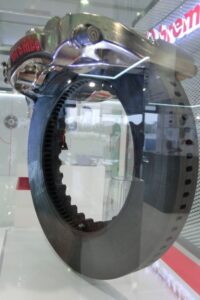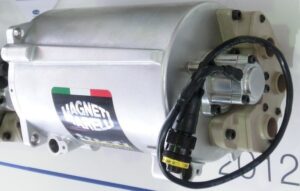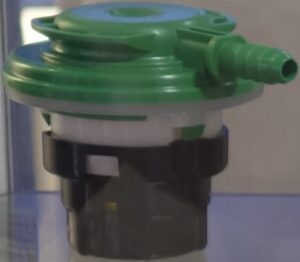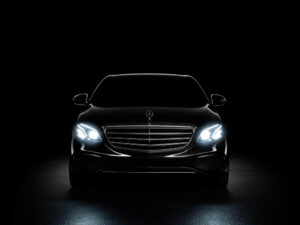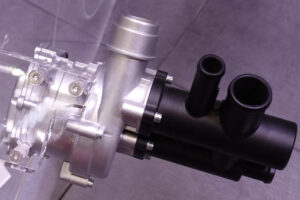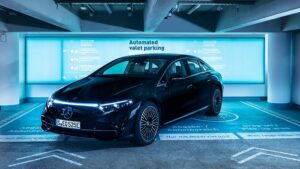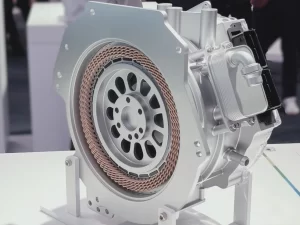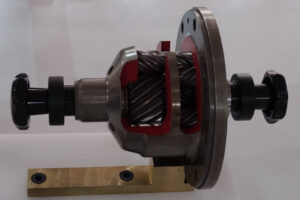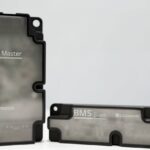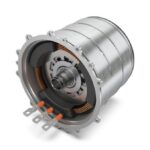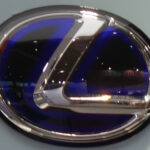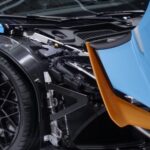Li Auto Halo OS vs. AUTOSAR:
- Chip Adaptability: AUTOSAR lacks support for new chips. Our Li Auto Halo OS supports mainstream automotive-grade chips, especially domestic ones, resolving the “chip shortage” since 2020.
- Chip Adaptation Development Cycle: Adapting new chips to AUTOSAR takes 3 – 6 months, while our Li Auto Halo OS reduces this to under 4 weeks.
- In – vehicle Full – link Response Speed: Previously, each module operated independently. Our OS achieves full – link integration, doubling response speed and increasing stability fivefold. For high – speed AEB, this reduces braking distance by 7 meters at 120 km/h.
- Information Security: Inadequate security in data storage and transmission is addressed by our end – to – end security system, safeguarding user data against unauthorized vehicle control and privacy leaks.
- Cost: We saved costs by replacing AUTOSAR with our OS, avoiding tens of millions in annual BOM and licensing fees. This allows us to offer more safety and comfort features at the same price.
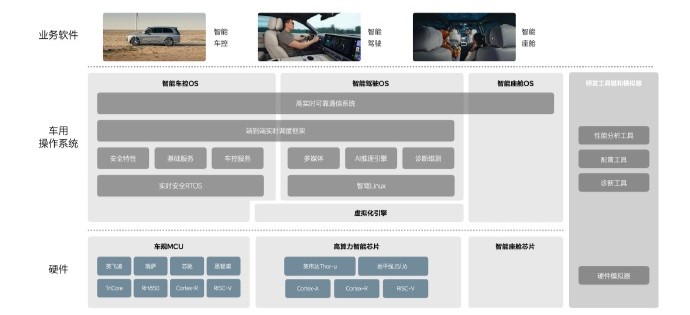
Vehicle OS:
- Smart Vehicle Control OS
- High Real-time Reliable Communication System
- End-to-end Real-time Scheduling Framework
- Safety Features
- Basic Services
- Vehicle Control Services
- Real-time Safety RTOS
- Smart Driving OS
- High Real-time Reliable Communication System
- End-to-end Real-time Scheduling Framework
- Multimedia
- AI Inference Engine
- Diagnostic Testing
- Intelligent Driving Linux
- Smart Cockpit OS
- High Real-time Reliable Communication System
- Virtualization Engine
Hardware:
- Vehicle MCU
- Infineon
- Renesas
- NXP
- Synopsys
- TriCore
- RH850
- Cortex-R
- RISC-V
- High-performance Intelligent Chip
- NVIDIA Thor-u
- Horizon J5/J6
- Cortex-A
- Cortex-R
- RISC-V
- Smart Cockpit Chip
Development Tools and Simulators:
- Performance Analysis Tools
- Configuration Tools
- Diagnostic Tools
- Hardware Simulator

